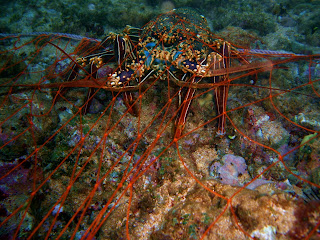 |
| Kainoa Aqui |
It's all in the name.
My grandson, Kainoa, emphatically punctuates the first sentence of today's post.
His name, after all, is just that: THE NAME.
That's what his Hawaiian name means: THE NAME.
On Sunday, December 26, 2011, the day after Christmas, on his 8th birthday, Kainoa was a name boldly announced and not easily forgotten.
As the golden-armed quarterback of the Raiders, Kainoa led his team to victories in both the semi-final and championship Play Sports Hawaii youth flag football games at Aloha Stadium in Honolulu.
Not bad, considering his only practice the previous week was playing catch with my brother-in-law, Wayne, and--yours truly--Kainoa's proud grandpa. During that time, I was amazed at how well Kainoa threw the pigskin. His short and wiry 7-year-old build belied an incredibly strong and accurate arm. Like a Gatling gun, he tossed perfectly spiraled bullets that led me to believe there was a bull's eye painted on my chest.
More than once during our game of catch, I thought: If he's this good now, what's he going to be like in high school?
I'll just have to return to Hawaii a decade from now and find out for myself.
For now, thanks to the efforts of his dad (and my son), Richie, I get to watch some spectacular previews of Kainoa's athletic prowess on YouTube.
I swear, you'd think I was watching the Super Bowl.
#11 Kainoa leads his team to the Play Sports Hawaii
U7 Flag Football Championship!
(Video courtesy of Richie Keawe Aqui)
(Video courtesy of Richie Keawe Aqui)











